
Recycling Wastewater: Closing the Loop
The concept of the sanitary city emerged in the mid-nineteenth century by disrupting the metabolic processes of organic societies, which relied on the spreading of human and animal waste to enrich the soil. This transformation took decades, since the material circulation was seen as positive as long as it transmitted the new pollution of the industrial and urban world to the earth. Before being technical and regulatory, the challenge of water reuse is therefore anthropological and cultural, as it involves redefining the distinction between the pure and the impure that has been established for over a century. While Victor Hugo depicted the sewers as the gold of Paris in Les Misérables, reused water is still waiting for its poets and philosophers. The new metabolism of water-scarce societies, which now affects countries that once seemed immune, needs to be invented by combining emotions, law, governance, and economic models.
Grégory Quenet
Since John Snow's studies in London in 1854, which revealed that cholera could be transmitted through water from a contaminated fountain, and the subsequent development of water and sanitation infrastructure, people have had a symbolically linear relationship with water: on one side, we obtain clean water, and on the other side, we dispose of our impure waste.
After centuries of separating these flows, the recycling of wastewater touches upon a strong cultural issue: it aims to bring them back together in a closed loop. It invites us to abandon the fiction that dirty water simply disappears, which was possible until now because we regarded the natural environment where it was discharged as indifferent and external to ourselves as humans. Instead, wastewater recycling fully embraces the water cycle, going beyond the initial wastewater treatment processes that aim to preserve bodies of water, at a time when we are becoming aware that humans are interconnected with nature. The recycling of water reflects the cultural changes that the era of ecology invites us all to embrace.
To respond to this new cultural moment, the necessary technology is available. These innovations, known as treated wastewater reuse (TWR), have been proven effective for over forty years in countries where water scarcity is most severe. Now, as freshwater resources become increasingly scarce, their usefulness is becoming more evident. The challenge lies in their widespread deployment to meet the water needs of both humans and nature.
From Namibia to the rest of the world
The use of wastewater is not a new concept. In France, starting as early as the mid-nineteenth century, wastewater has been used for irrigation and fertilization of crops. However, it was only in the late twentieth century that the modern version of water recycling emerged in countries facing intense droughts: wastewater is still reused, but first it is treated to remove impurities. Namibia has become an emblematic country for treated wastewater reuse worldwide. The capital city, Windhoek, embarked on wastewater recycling in the 1970s to address severe water stress. Veolia even transforms wastewater into potable water there to ensure not a single drop of accessible water is wasted.
According to Yvan Poussade, an expert in TWR at Veolia, Namibia is “a unique reference worldwide that has inspired, and continues to inspire, many countries by influencing a number of regulations.” Beyond the most obvious uses, such as urban cleaning or the provision of organic fertilizers for green spaces and agriculture, these installations have proven to health authorities their technical capacity to purify wastewater to the point of making it potable again. Laurent Obadia, Deputy CEO of communication, stakeholders, and the Africa-Middle East region, says, “Namibia was at the forefront of exploring the most advanced uses from the beginning because resource tensions were most pronounced there. The fact that these uses are now being deployed elsewhere in the world is a symbol of the ability of all African countries to inspire the world.”
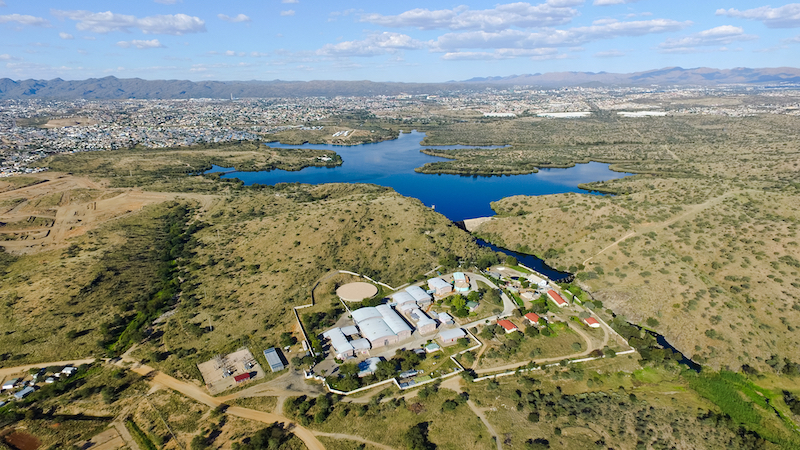
© Stefan Oosthuisen/ Snowball
With this expertise, Veolia has responded to emerging needs since the 1980s, contributing to making some regions of the world highly efficient in wastewater recycling.
In Israel, almost 90 percent of wastewater is recycled for agricultural purposes. This is a necessity in a semi-arid country that faces chronic water scarcity. Jordan has also embraced wastewater recycling, with Veolia providing 25 percent of the country's agricultural water needs through the recycling of wastewater from the capital and surrounding areas at the Al-Samra wastewater treatment plant. This has allowed Jordan, despite its limited water resources, to develop its agricultural activity and feed its population. In South Africa, Veolia inaugurated a water recycling plant in Durban in 2001 to supply the industrial sector. Since then, similar projects have emerged worldwide, from Singapore to Hawaii and Australia.
In Europe, Italy developed the Nosedo plant in Milan in the 2000s, operated by Veolia, which is the largest wastewater reuse facility in Europe, irrigating over twenty-two thousand hectares of land. However, it is Spain that has been most proactive in wastewater recycling, with 15 percent of wastewater being recycled compared to 8 percent in Italy. In 2000, the Agua Plan was adopted to irrigate three hundred golf courses using recycled water. Spain requires a permit to irrigate a golf course with potable water—the opposite of France, which requires a permit to use recycled water. The Barcelona metropolitan area has been particularly active since the drought experienced in the early 2000s. In 2006, Veolia equipped one of the largest municipal wastewater recycling plants in Europe with its technology.
Today, the water supplied to taps by Aigües de Barcelona combines water directly from the mountains with recycled water from wastewater treatment plants. Manuel Cermeron, General Director of Veolia Spain and General Director of Agbar, explains: “With a production capacity of over 300,000 cubic meters per day of recycled water, the Baix Llobregat plant also supplies water to farmers, various urban services such as park and garden irrigation or road cleaning, and can even supply cooling systems for certain industries.” He adds, “A part of the volume is also used for environmental benefits, from wetland restoration to maintaining the flow of the Llobregat River, and another part is reinjected into groundwater to limit the intrusion of saline water and ensure the quality and quantity of freshwater resources in the region.” Thus, the recycling and reuse of wastewater contribute to the water security of the metropolis.
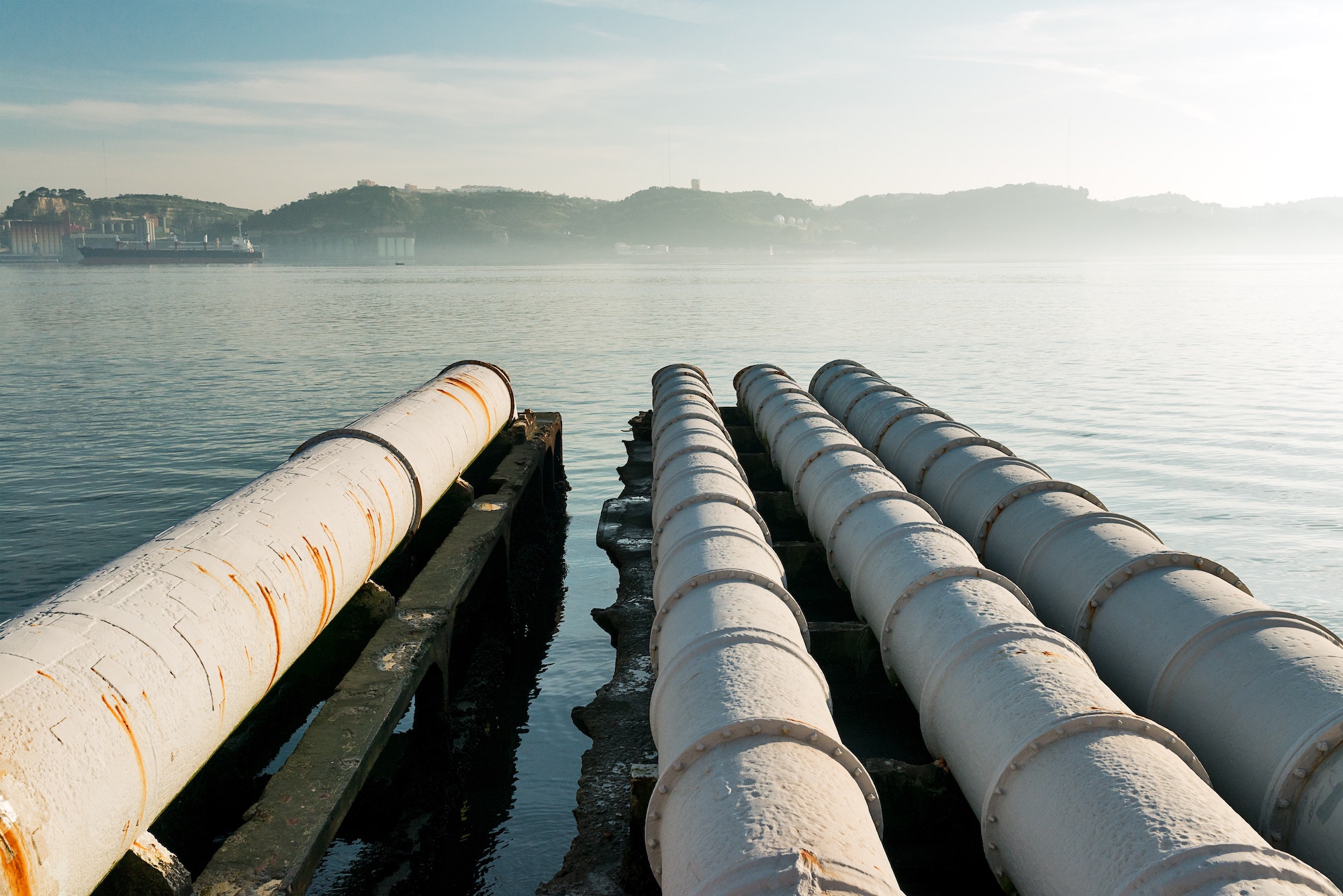
Mature Technologies and Willing Populations, but Uneven Regulations
The technology for wastewater treatment is mature, and the treatment processes are effective. Once the water is collected at the wastewater treatment plant, it goes through several stages. Firstly, the water undergoes preliminary treatment, which removes solid waste through screening, sedimentation, and rapid filtration. Then, primary treatment is carried out to remove suspended matter through sedimentation and flocculation. The secondary treatment involves biological purification, which eliminates pollutants, biodegradable organic matter, and pathogenic microorganisms. Finally, tertiary treatment is applied to remove undesirable substances, especially for urban use. Various methods are employed, such as membrane or media filtration, chemical treatments (chlorine, bleach), or ultraviolet irradiation. The level of treatment can be adapted to the quality of the incoming water and the specific needs of the customers—depending on whether the recycled water is destined for irrigation, industry, or drinking—to ensure the best sanitary quality at the lowest environmental cost.
Citizens appear ready to accept this new relationship with water. Although it challenges established practices and the age-old distinction between the pure and the impure, it aligns with the new expectations of circularity and waste reduction, especially as the impacts of climate change make it increasingly necessary. Some statistics support this notion: 69 percent of people worldwide are willing to consume food produced with recycled water, and 66 percent are willing to use recycled water for personal hygiene.1
Regulations, however, still hinder the widespread adoption of water reuse, as they have been slow to reflect changing mindsets and adapt to evolving needs. This is particularly evident in agricultural use. In 2020, the European Union published regulations to govern and secure the use of treated wastewater for agricultural irrigation, defining four quality levels. “With level D, it is possible to irrigate short rotation coppices. Level C allows for drip irrigation, but the water cannot come into contact with the product, especially in vineyards. Quality level B permits agricultural and horticultural use if the water does not touch the products, and finally, quality level A allows for water to come into contact with the produce and be consumed raw, such as in salads,” explains Yvan Poussade. With water recycling and advances in health knowledge, the distinction between the pure and the impure becomes increasingly subtle.
Technologically, everything is in place to overcome this new frontier of water treatment in the coming years, particularly in coastal areas where it does not compete with downstream water resource uses. Moreover, it is more energy-efficient when compared to groundwater extraction and raw water treatment. This requires a strategic mixing of uses, considering agricultural, industrial, recreational, and urban safety purposes (including cleanliness, green spaces, or fire protection), as well as drinking water supply and environmental considerations (such as the recharge of groundwater or wetland preservation).
Given that these considerations must be made at the local level, it is essential to ensure that the supply and demand for recycled water are well-matched. On each project, it is necessary to avoid conflicts of use and identify consumers who will benefit from recycled water. This is the challenge that Ecofilae, founded by Nicolas Condom in 2009, partially addresses. As Condom emphasizes, “We need to reach out to users, whether farmers, industrialists, or golf course owners.” It is then necessary to assess their water needs in terms of quantity and quality. The goal is to determine if these needs can align with the capabilities of the treatment plant in order to build a water reuse loop. This correspondence between supply and demand has always been at the heart of Veolia's approach, as it was with the Compagnie Générale des Eaux in the early days.
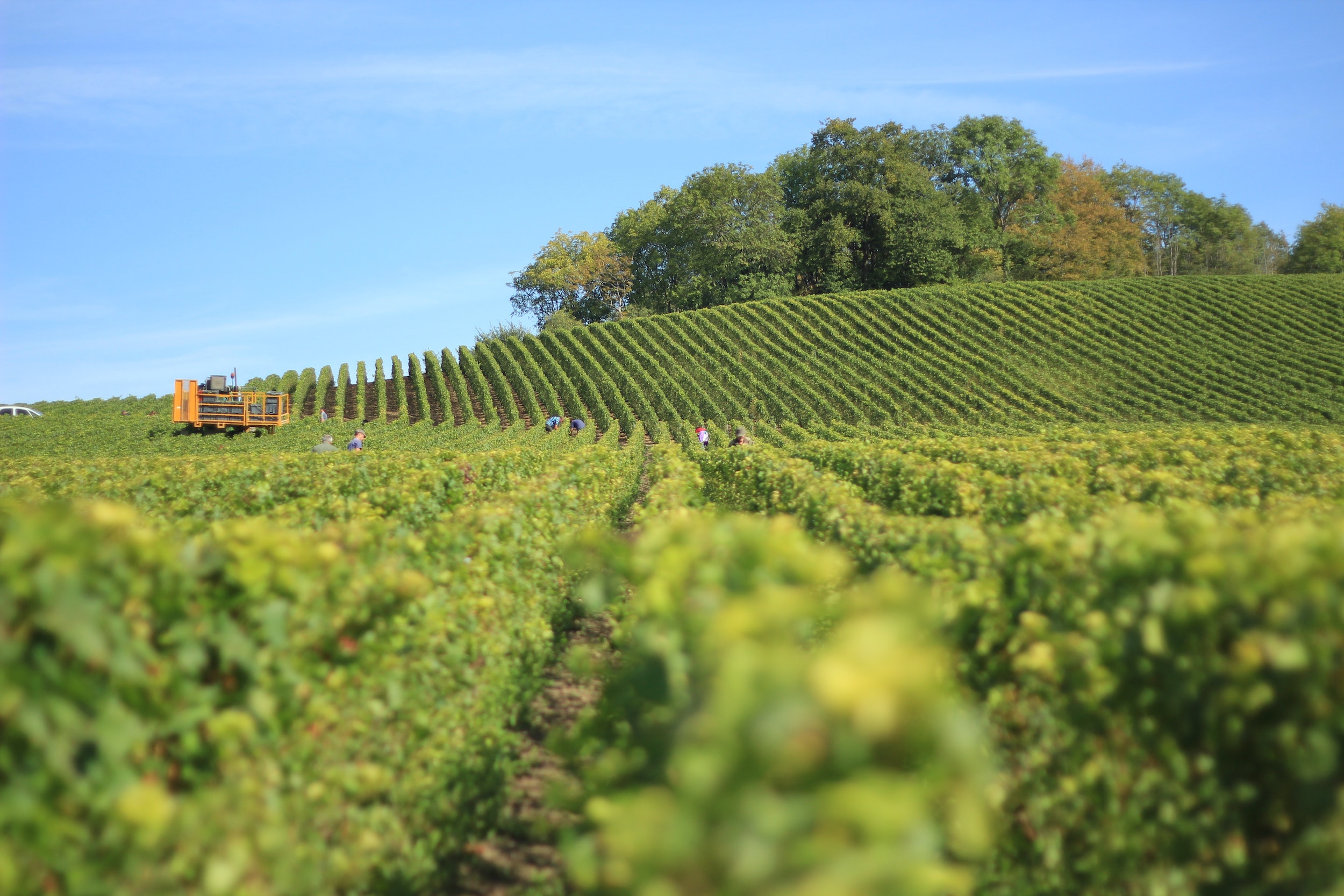
French tardiness
However, France is still falling behind, with less than 1 percent of wastewater being recycled, as Yvan Poussade points out. Yet, as Catherine Boutin, Alain Héduit, and Jean-Michel Helmer highlight in their report on wastewater treatment technologies for reuse, in the 1980s, France was “one of the most dynamic European countries in developing wastewater reuse for agricultural irrigation.”2 With its reputation for innovation and the presence of pioneers such as those from the Compagnie Générale des Eaux, France seemed well-positioned to lead the way in this field. In the nineteenth century, for example, Eugène Belgrand developed an exceptional hydraulic system in Paris, consisting of a dual underground network. This unique system, supplying both potable and non-potable water, allowed buildings to be connected while serving various urban needs.
Subsequently, Veolia has been able to test and develop projects for the reuse of treated wastewater in France. Since 1995, Veolia has managed the sanitation services in Pornic, where 10 percent of the total annual volume of recycled water is used for irrigating the city's golf course. As a result, the city has reduced its reliance on water resources while improving the quality of its bathing water.
Despite these innovative projects and the maturity of technologies and stakeholders, France is currently lagging behind. How can this be explained? According to Pierre Forgereau, Director of the Artois Douaisis Territory at Veolia, the answer is simple: countries like Israel and Spain had to contend with severe water shortages before France did. “The regulations in these countries adapted to the pressure on water resources. Until a country is in dire need of considering the reuse of wastewater, no one takes action.”
After experimenting with numerous innovations that have subsequently benefited the rest of the world, from governance models to water meters, France now finds itself in a position to learn from the world’s accumulated experiences. As Pierre Forgereau (Regional Director in France) predicts, “Given the current situation in France, regulations will have to evolve rapidly.” Thierry Trotouin, Director of Industrial Markets at Veolia, also highlights that “to set an example in the wastewater treatment plants we manage, we use treated wastewater to prepare reagents for sludge treatment. Treated wastewater is also used for equipment cleaning.” Thus, Veolia, along with many municipalities expressing the need, actively advocates for the acceleration of these new approaches in France.
Progress is being made, as Pierre Ribaute, CEO of Veolia Water France, says: “France has entered a new era in its relationship with water, and the recycling of wastewater is just the tip of the iceberg, with a range of solutions now ready to be deployed to manage both the small and large water cycles.”
An Avant-Garde Project, the Jourdain Program
In 2022, a new milestone was reached in France: the authorization in Vendée, a pioneering department in wastewater recycling, for a cutting-edge European experiment in indirect transformation into drinking water. The Jourdain program was named after two references: the Jordan River that flows along the border of Israel, an example to follow in water recycling, and the character of Mr. Jourdain in Molière's play Le Bourgeois Gentilhomme (1670), who speaks in prose without knowing it, just as we unknowingly reuse wastewater when we draw it downstream from the river into which it was discharged.
The project is led by the public water service of Vendée Eau—with the collaboration of Veolia, which designed and operates the refining unit of the program. It is financially supported by the Loire-Bretagne Water Agency, the Pays de la Loire region, the European Regional Development Fund (FEDER), the department, and the FNADT. Vendée Eau also works with a project management assistance team composed of CACG, Merlin Consulting, and Ecofilae. It is a collective territorial project. Instead of being discharged into the ocean, a portion of the water leaving the wastewater treatment plant in Les Sables d'Olonne is recovered and treated again at a refining station. This station treats pharmaceutical residues, micropollutants, and microbiological components such as viruses and bacteria. The resulting water is then transported twenty-seven kilometers to the Jaunay dam, where it will be reinjected into a vegetated area. “A battery of tests will be carried out on living organisms, fish, and shellfish found in the water. To analyze this biotope and measure the quality of the discharge, eight hundred components will be thoroughly examined,” explains Jacky Dallet, president of Vendée Eau and mayor of the municipality of Saint-André-Goule-d'Oie.
In the region of Saint-André-Goule-d'Oie, treated water will be mixed with the river water, which then flows to the drinking water production plant that will produce consumable water for households. The department of Vendée, particularly vulnerable to drought episodes, has the unique trait of drawing 94 percent of its drinking water from surface waters, whereas the national average is 30 percent. “A prospective consumption study for 2030–2035 highlights areas of vulnerability throughout the department and the coastal region. This could represent a deficit of eight million cubic meters of water,” Dallet says. The Jourdain project therefore represents an opportunity to preserve the natural resources and secure the drinking water reserves of the department. The stakes are significant: by 2027, the system could produce two million cubic meters of water annually.
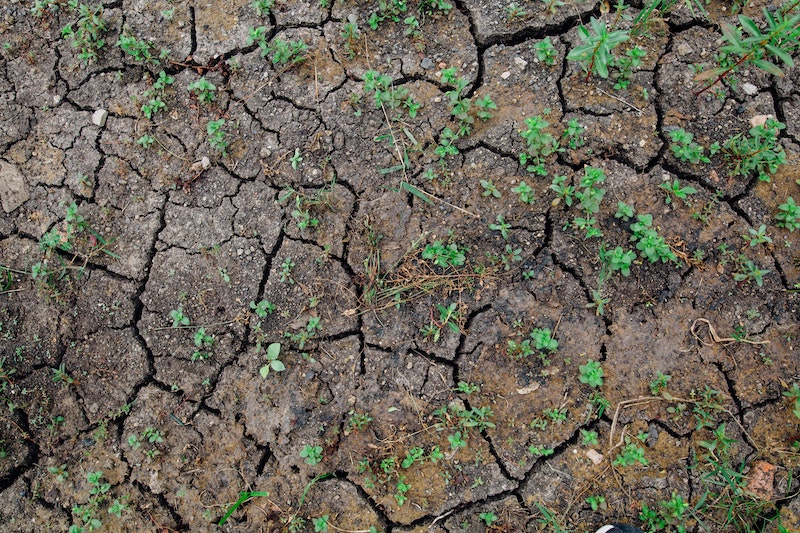
Through the Jourdain program, Vendée Eau has a mission: to demonstrate the effects of an indirect reuse system of treated wastewater for drinking water. “The ultimate goal is to contribute to the evolution of regulations, to participate in improving the state of the art of water reuse, and to eventually enable the replication of similar solutions in France and Europe in territories sensitive to water resource pressure,” Dallet says.
This is another way of closing the loop: after France, as part of the first European industrial revolution, developed expertise in water-related professions that could benefit the rest of the world, it has now become a beneficiary of techniques developed elsewhere. It also demonstrates the usefulness of a global group in addressing ecological challenges, capable of capitalizing on expertise developed by those who were the first to be exposed to any particular issue.
From this global vision of water issues emerges a clear hierarchy of actions to be deployed in the coming world. “There is now a range of solutions: first, consume less, then reduce network losses, and finally develop new resources,” says Estelle Brachlianoff, CEO of Veolia. Water conservation, which involves a collective paradigm shift, emerges as the first solution, followed by efficiency and mobilization of best practices in the field, then the development of alternative solutions, from nature-based solutions to desalination and water recycling. This is a range on which the group will continue to innovate to ensure the best adaptation for each region.
Industrial Water Recycling in Tangier
Veolia, through its subsidiary Veim, is assisting the Renault factory in Tangier, Morocco, in reducing its environmental footprint to achieve zero industrial liquid discharge. The Tangier factory, opened in 2012, has reduced its water intake for industrial processes by 70 percent compared to an equivalent factory in terms of production capacity.
These results are achieved through optimizing industrial processes to minimize water requirements and corresponding discharges.
Several treatment steps are employed to transform effluents into purified water. This water, meeting stringent process quality requirements, is then reused in surface treatment and vehicle assembly processes. In total, 437,000 cubic meters of water is preserved annually, equivalent to 175 Olympic-size swimming pools. Water reuse is not the only technology contributing to this achievement, but it plays a central role.
Alicante's Objective: 100 Percent Water Recycling
Located in Spain's Valencia region, Alicante is a prominent destination for tourism and with its citrus fruit contributes to making Spain the “orchard of Europe.” Like many others, the region now faces climate change, rising temperatures, torrential rains, and droughts. In this disrupted context, “the city must become a water supply center,” says Jorge Olcina Cantos, a geographer and climate specialist at the University of Alicante, and even potentially “the food supply center for agricultural areas.”3. This transformation began with wastewater recycling.
In 2015, a floodable urban park, Parc de la Marjal, was created to retain water during heavy rainfall while providing a cool and biodiverse space. It supplies the city's water network, operated by Aguas de Alicante, a joint venture between the city of Alicante and Veolia, and contributes to achieving a water recycling rate of 33 percent by 2023.
Similar to Los Angeles, the territory aims for 100 percent water recycling, with no freshwater being discharged into the sea.
The plan to achieve this goal includes the creation of four additional floodable parks with a capacity of ninety thousand cubic meters by 2027—twice the capacity of Marjal. Additionally, the network of reused wastewater, complementing the existing seventy-kilometer drinking water network, will be expanded.
While agriculture has suffered from reduced precipitation in the past, mandarin producers attest that through the reuse of wastewater, they have been able to reclaim abandoned agricultural land. By pursuing its ambitions, the territory believes it can sustainably protect itself from climate uncertainties.
The Electronics Industry: From Water Recycling to Ultrapure Water
The production of chips and semiconductors requires ultrapure water that meets very strict quality standards. In the microelectronics industry, water is used to clean wafers, which are extremely sensitive to contamination by impurities.
Since March 2001, Veolia has been providing SK Hynix, the South Korean semiconductor leader, with consistently high-quality ultrapure water, an essential element for its high-tech production. The company also ensures the treatment of wastewater to guarantee water supply security.
This is currently Veolia's largest industrial water project, with a capacity for treating nearly one hundred thousand cubic meters of ultrapure water per day, and over three million cubic meters of reused water per year.
Its mission is to treat the water to remove all organic or chemical elements and come as close as possible to a liquid containing nothing but H2O. The water is then continuously supplied at a constant temperature to the electronic hardware production site. Finally, the water is treated again and reinjected into the process.
By regularly auditing and analyzing all wastewater reuse facilities and implementing the most innovative solutions and technologies, Veolia not only secures the supply of ultrapure water but also continuously improves the treatment of SK Hynix's effluents at its three sites (Incheon, Cheongju, and Gumi). As a result, over 40 percent of the wastewater is reused on-site, significantly reducing SK Hynix's operating costs, improving production yields, and surpassing sustainability targets. The treatment and recycling of these effluents to stricter standards than required by South Korean regulations also play a major role in environmental protection.
Luc Zeller, Employed at Veolia since 1983
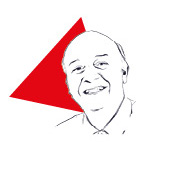
Luc Zeller, who leads Veolia’s Taiwan business unit, is celebrating his fortieth anniversary with the company. He started his journey in Groupe Montenay, specializing in energy, which was acquired in 1986 by Compagnie Générale des Eaux, now known as Veolia. His career path was shaped by the group's international expansion: after ten years in the Rhône-Alpes region, he spent five years in the Czech Republic and then twenty-five years in Asia, where he now leads the Taiwan Business Unit. Being locally established, he has witnessed the transformation of multiple regions: the opening of Eastern Europe after the fall of the Berlin Wall, the economic explosion of China with growth rates exceeding 10 percent. He has also worked in India and Egypt. “I am fully convinced that if you trust your employees and define the rules of the game clearly, you have tremendous potential,’’ he says. “Success is never individual, but always collective.”
In your forty-year career, how have you seen Veolia evolve, especially in the water sector?
“Today, more than ever, we are leveraging our innovative capabilities in ecological transformation. We are responsible and proactive with public authorities and the communities we serve, and this has significantly strengthened after the merger with Suez, particularly in terms of geographical reach.
“We have developed partnerships for effective and responsible water management, as well as advanced technologies to prevent pollution and reuse water resources. Good management also involves our teams' actions to provide responsible chemicals and contribute to the selection of pumps that ensure competitive pricing of the water sold to our customers through reduced electricity consumption and maintenance.”
What is the synergy between the different business areas of the group?
“The combination of our three business areas is unique in this market. Today, with the challenges of reducing carbon footprint, it makes perfect sense. In the facilities we operate, we already involve all three business areas. Let's take the example of the semiconductor industry in Taiwan. It faces significant global demand and needs to reduce water consumption without impacting household consumption. Clients in this industry, such as Apple, also encourage them to further decarbonize their production. Therefore, a project for a wastewater recycling plant to produce ultrapure water for semiconductor manufacturing will also integrate the recovery of materials for revalorization and the use of renewable energy.”
How is Veolia's long history an asset?
“In China, the notion of history is highly valued. Veolia, with its 170 years, is considered wise, especially when the most prestigious Chinese universities are younger than Veolia: Tsinghua Beijing, equivalent to the Polytechnique, was founded in 1911. Our history opens doors for us; it gives us the trust of being a solid, resilient company built on strong foundations. However, we should not rest on our laurels! We must remain competitive, agile, and innovative. We have the means to achieve our ambitions and a clear objective. I am optimistic!”
- Elabe and Veolia (2022). Ecological Transformation Barometer. ↩︎
- BOUTIN, Catherine. HÉDUIT, Alain. HELMER, Jean-Michel. « Technologie d’épuration en vue d’une réutilisation des eaux usées traitées (REUT) », 2009. ↩︎
- PALIERSE, Christophe. « Stockage, recyclage, dessalement : les villes espagnoles en pleine guerre de l’eau ». Les Échos, July 2, 2023. ↩︎